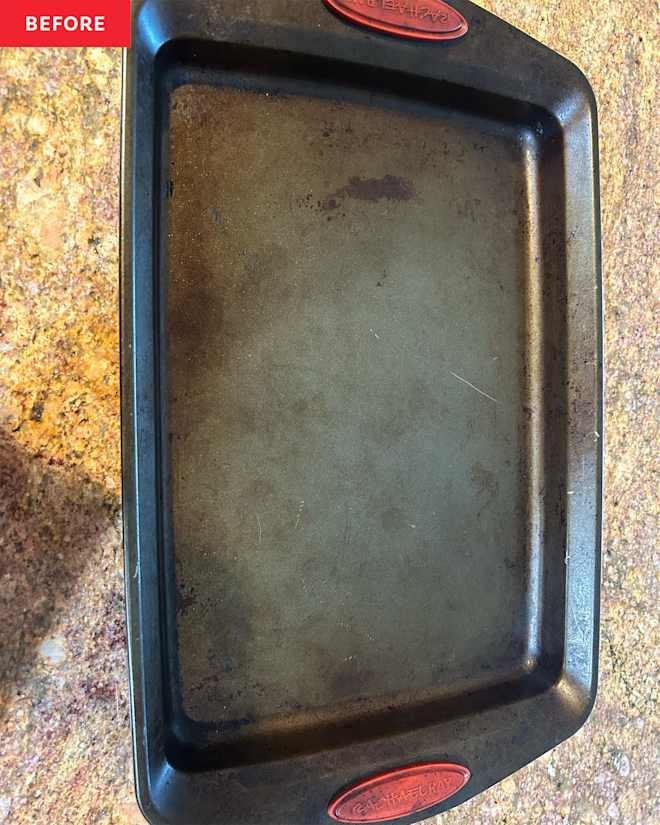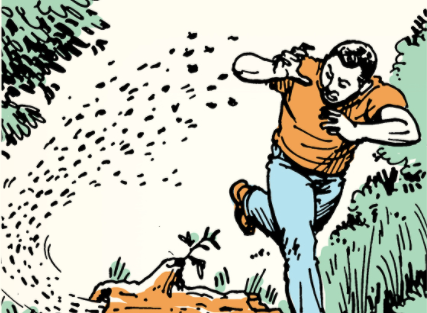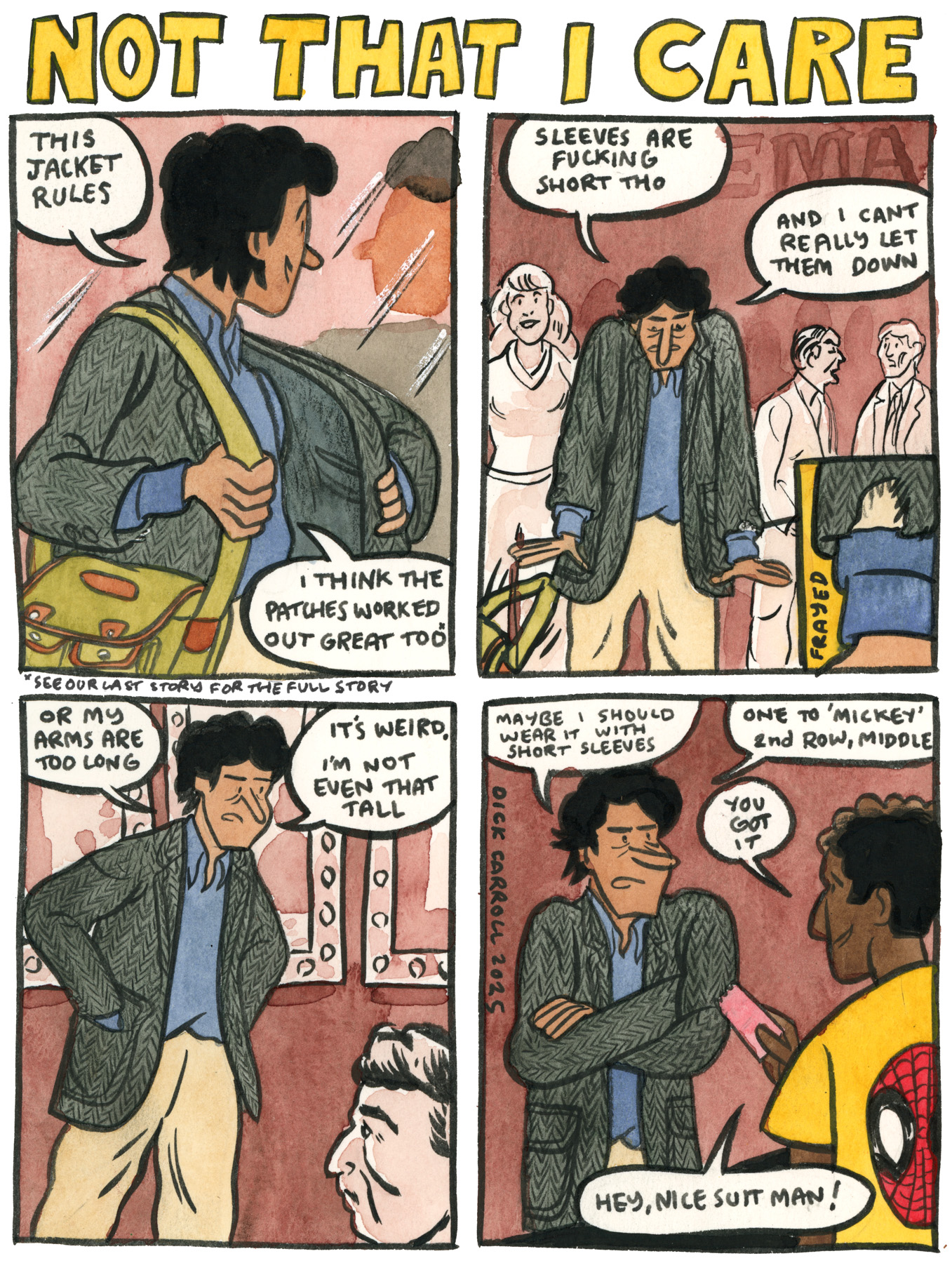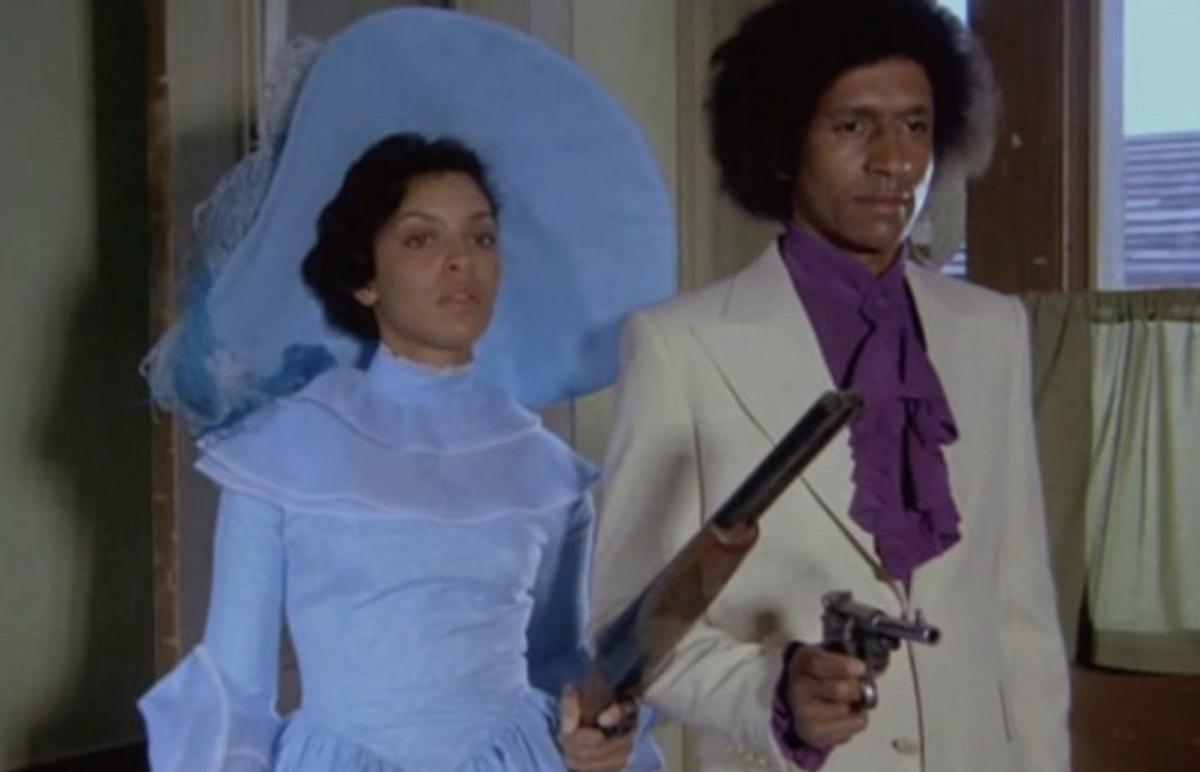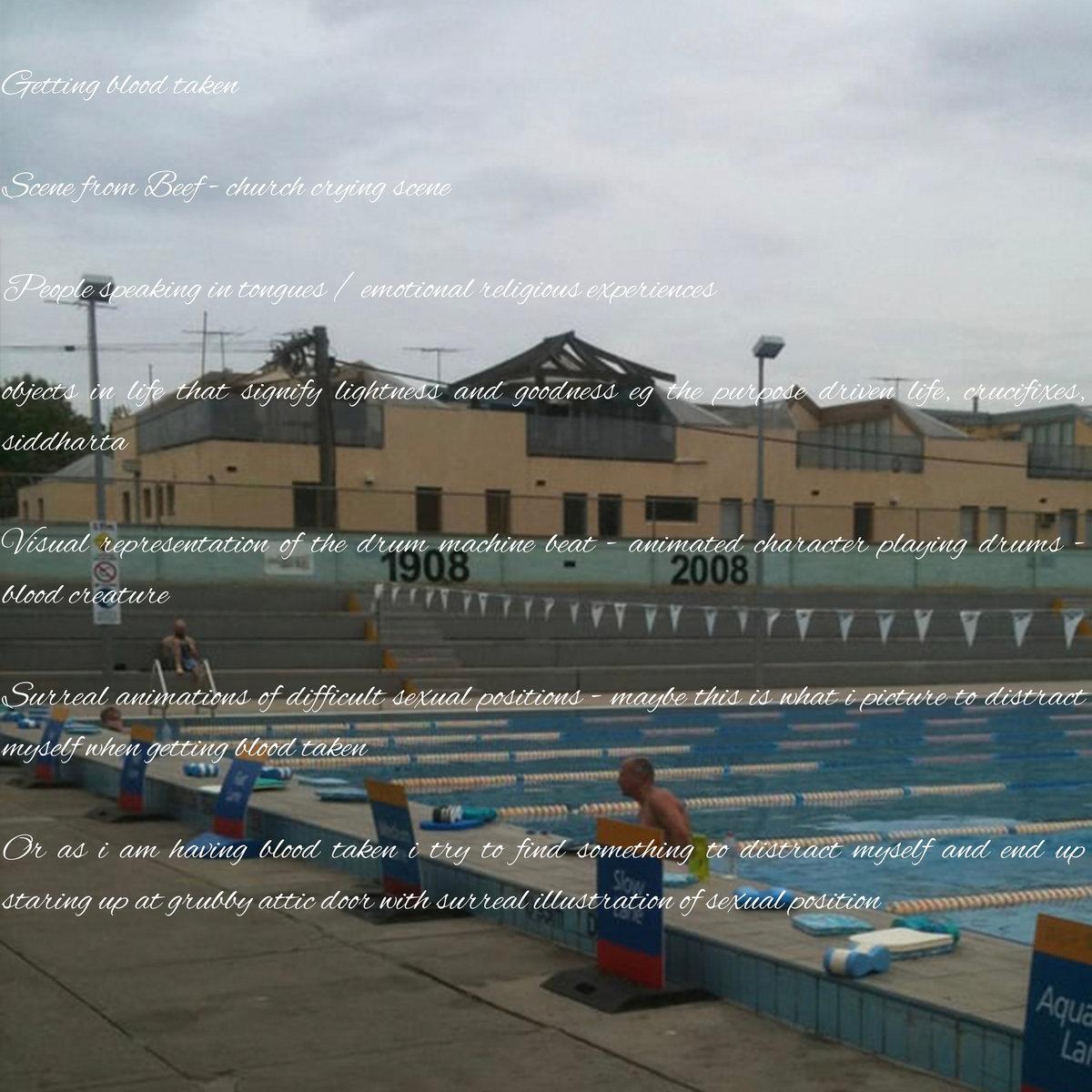What Was Hemingway's 3 Step Writing Exercise?
Just the name Ernest Hemingway conjures up ideas about some of the best and most succinct writing of all time. But you can't compare yourself to legends. These pillars of writing are people just like us. They may not have sat in front of laptops with YouTube low-fi beats playing, but they had to pound out their ideas no matter what. In fact, Hemingway had a three-step exercise he used to crack ideas. And it wasn't sitting at home and hoping the words flow. It was getting out into the world. So today, I want to dive into that process and talk about how you can use it for your own work. Let's dive in. Write Like Hemingway Like most writers, I'll do anything to break out of my comfort zone. so when I hear about different exercises or steps, I like to try them out to see if I can extract my best ideas. According to this video, when Hemingway sat down to write, he liked to tackle his ideas by putting them through this litmus test. 1. Observing Closely Hemingway would go out into the world and find a situation – anything from a busy cafe to a quiet park bench. Then he'd watch everyone and everything carefully to see what was going on there. He'd write down the details and the environment. Then, he would try to capture exactly what you saw in words. The goal here is precision; fight the urge to be vague and instead describe the scene as it truly is. Tell the truth, even the boring truths, about what's going on. From there, you could start adding flavor and weave it into a story. 2. Empathy I think it was Roger Ebert who said film was the ultimate empathy machine, and that starts with screenwriting, or in Hemingway's case, just writing.So while you're out in the world experiencing it, shift your focus to the people involved. What emotions seem to be at play? How are they reacting to the situation and each other? Try to step into their shoes, understand their perspectives, and feel what they might be feeling. This adds emotional depth and relatability to your descriptions.And as you blend all these into your writing, you get authenticity you may not have been able to know about before, which will create a more vivid world. 3. Repeat All this stuff is fun, but the best versions of it happen when you explore this stuff over and over again. There are a ton of scenes in your screenplays or pilots, think about trying to do this exercise for all of them. Get out in the world and experience life so you can write about it. Like any skill, writing improves with consistent effort. Make this observation-empathy cycle a regular practice. The more you do it, the more naturally you'll be able to translate the world around you into compelling prose.Summing It All UpIf you want to improve your writing, take a page out of Hemingway's book. Step away from the screen, observe the world with fresh eyes and an open heart, and practice putting it into words. Let me know what you think in the comments.


Just the name Ernest Hemingway conjures up ideas about some of the best and most succinct writing of all time. But you can't compare yourself to legends.
These pillars of writing are people just like us. They may not have sat in front of laptops with YouTube low-fi beats playing, but they had to pound out their ideas no matter what.
In fact, Hemingway had a three-step exercise he used to crack ideas. And it wasn't sitting at home and hoping the words flow. It was getting out into the world.
So today, I want to dive into that process and talk about how you can use it for your own work.
Let's dive in.
Write Like Hemingway
Like most writers, I'll do anything to break out of my comfort zone. so when I hear about different exercises or steps, I like to try them out to see if I can extract my best ideas.
According to this video, when Hemingway sat down to write, he liked to tackle his ideas by putting them through this litmus test.
1. Observing Closely
Hemingway would go out into the world and find a situation – anything from a busy cafe to a quiet park bench. Then he'd watch everyone and everything carefully to see what was going on there.
He'd write down the details and the environment. Then, he would try to capture exactly what you saw in words. The goal here is precision; fight the urge to be vague and instead describe the scene as it truly is. Tell the truth, even the boring truths, about what's going on.
From there, you could start adding flavor and weave it into a story.
2. Empathy
I think it was Roger Ebert who said film was the ultimate empathy machine, and that starts with screenwriting, or in Hemingway's case, just writing.
So while you're out in the world experiencing it, shift your focus to the people involved. What emotions seem to be at play? How are they reacting to the situation and each other?
Try to step into their shoes, understand their perspectives, and feel what they might be feeling. This adds emotional depth and relatability to your descriptions.
And as you blend all these into your writing, you get authenticity you may not have been able to know about before, which will create a more vivid world.
3. Repeat
All this stuff is fun, but the best versions of it happen when you explore this stuff over and over again. There are a ton of scenes in your screenplays or pilots, think about trying to do this exercise for all of them. Get out in the world and experience life so you can write about it.
Like any skill, writing improves with consistent effort. Make this observation-empathy cycle a regular practice. The more you do it, the more naturally you'll be able to translate the world around you into compelling prose.
Summing It All Up
If you want to improve your writing, take a page out of Hemingway's book. Step away from the screen, observe the world with fresh eyes and an open heart, and practice putting it into words.
Let me know what you think in the comments.




![‘Haruki Murakami Manga Stories Vol. 3’ Gives Foreboding Fiction a Macabre Makeover [Review]](https://i0.wp.com/bloody-disgusting.com/wp-content/uploads/2025/04/Haruki-Murakami-Manga-Stories-Vol-3-Car-Attack.jpg?fit=1400%2C700&ssl=1)




































.png?format=1500w#)







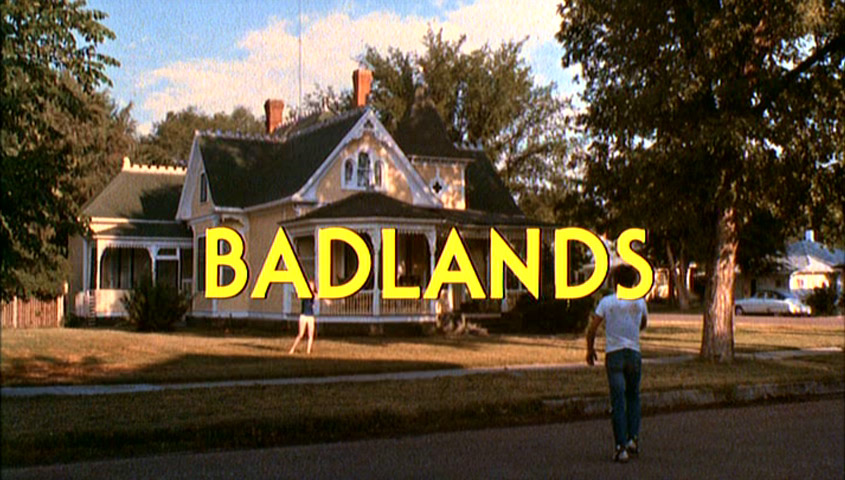


![THE NUN [LA RELIGIEUSE]](https://www.jonathanrosenbaum.net/wp-content/uploads/2019/12/TheNun-300x202.jpg)























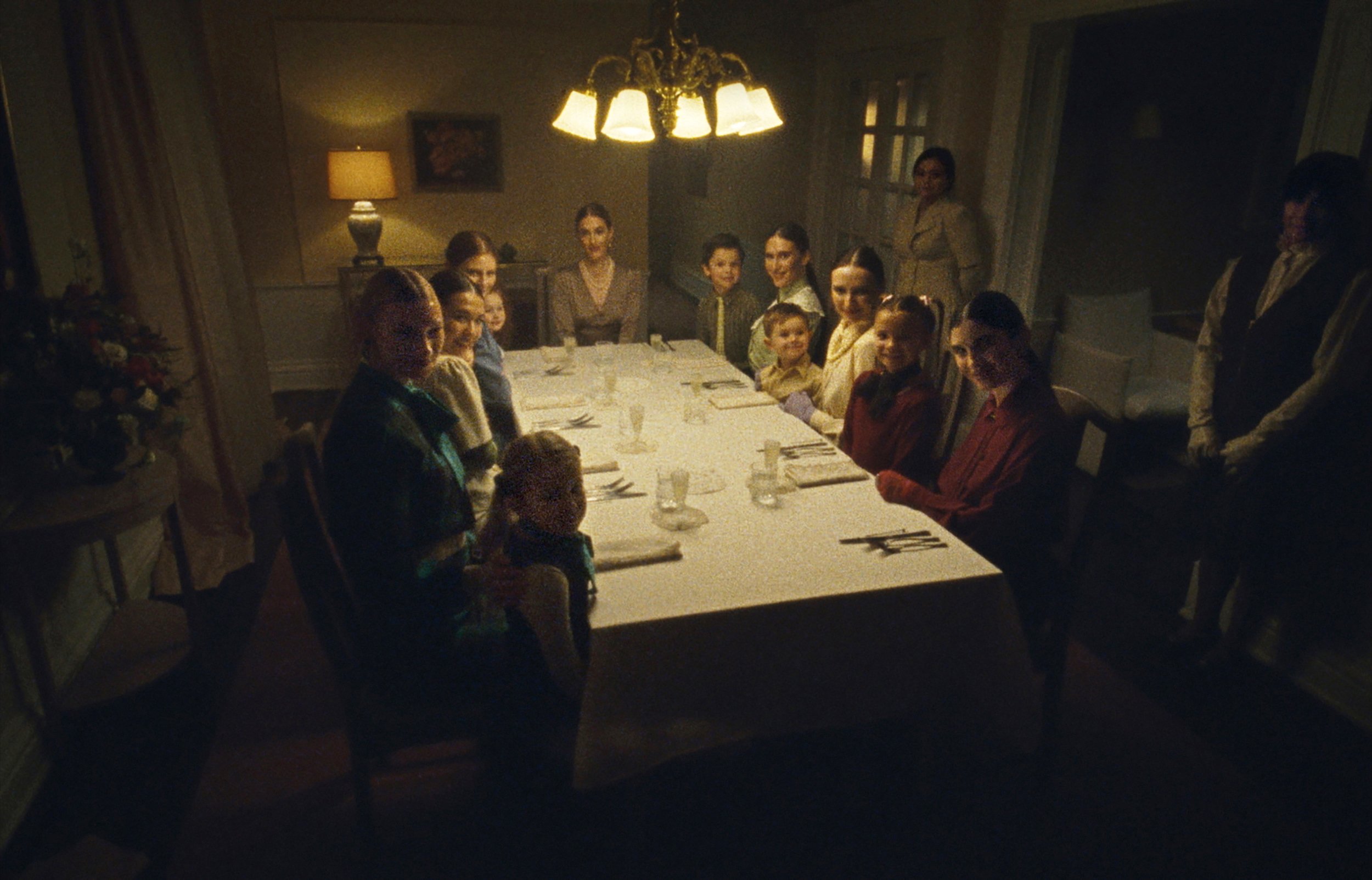
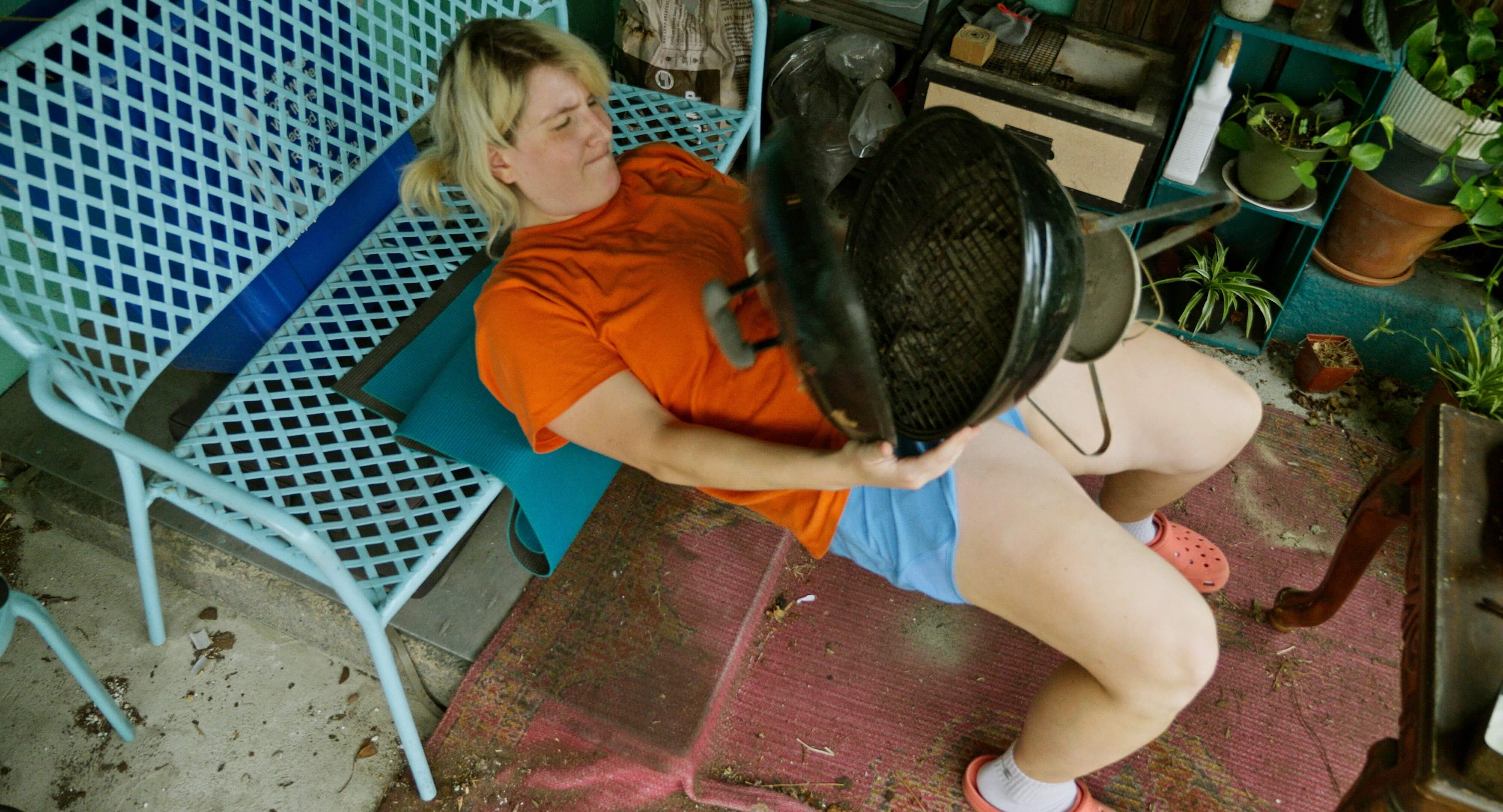


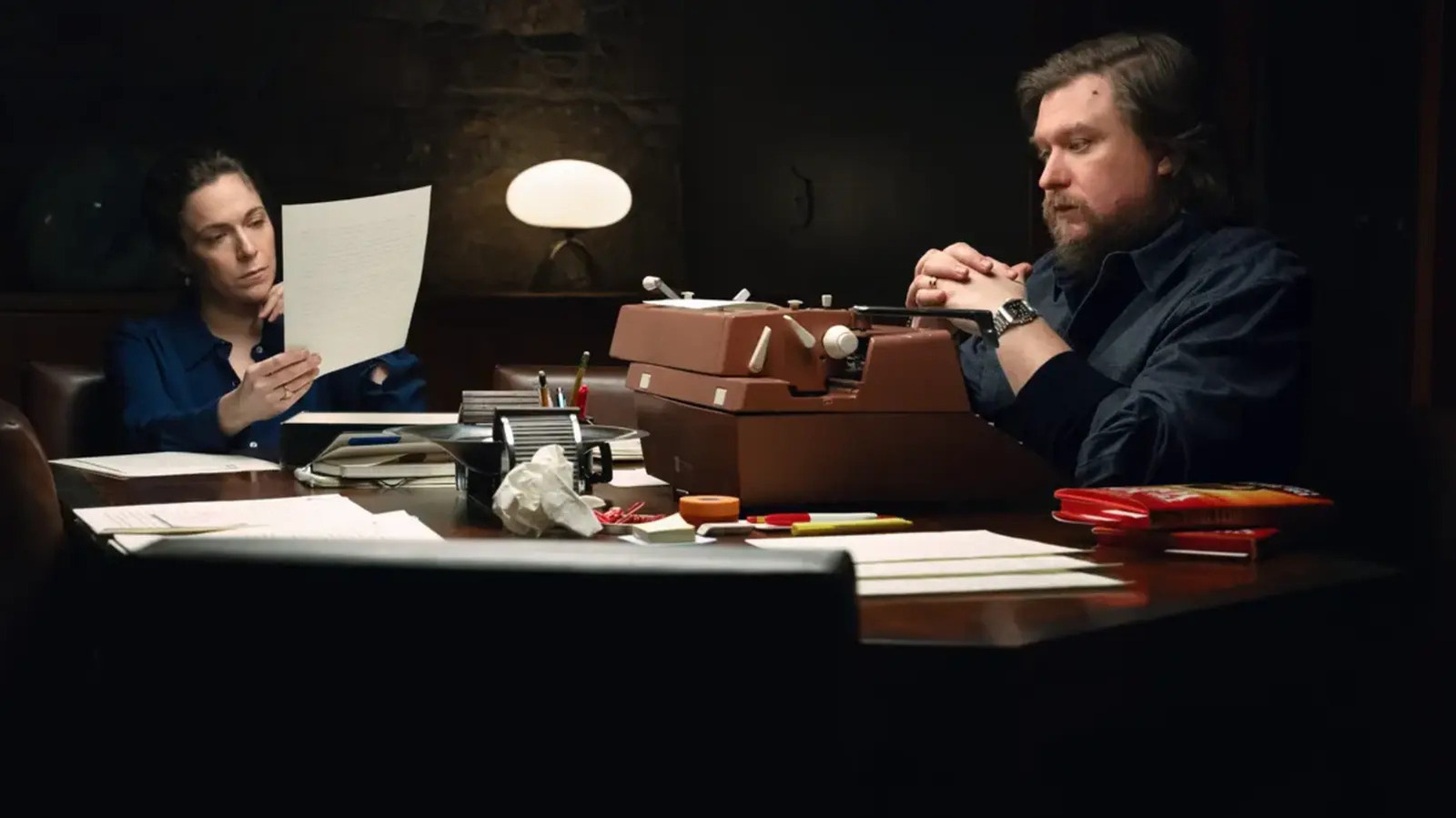


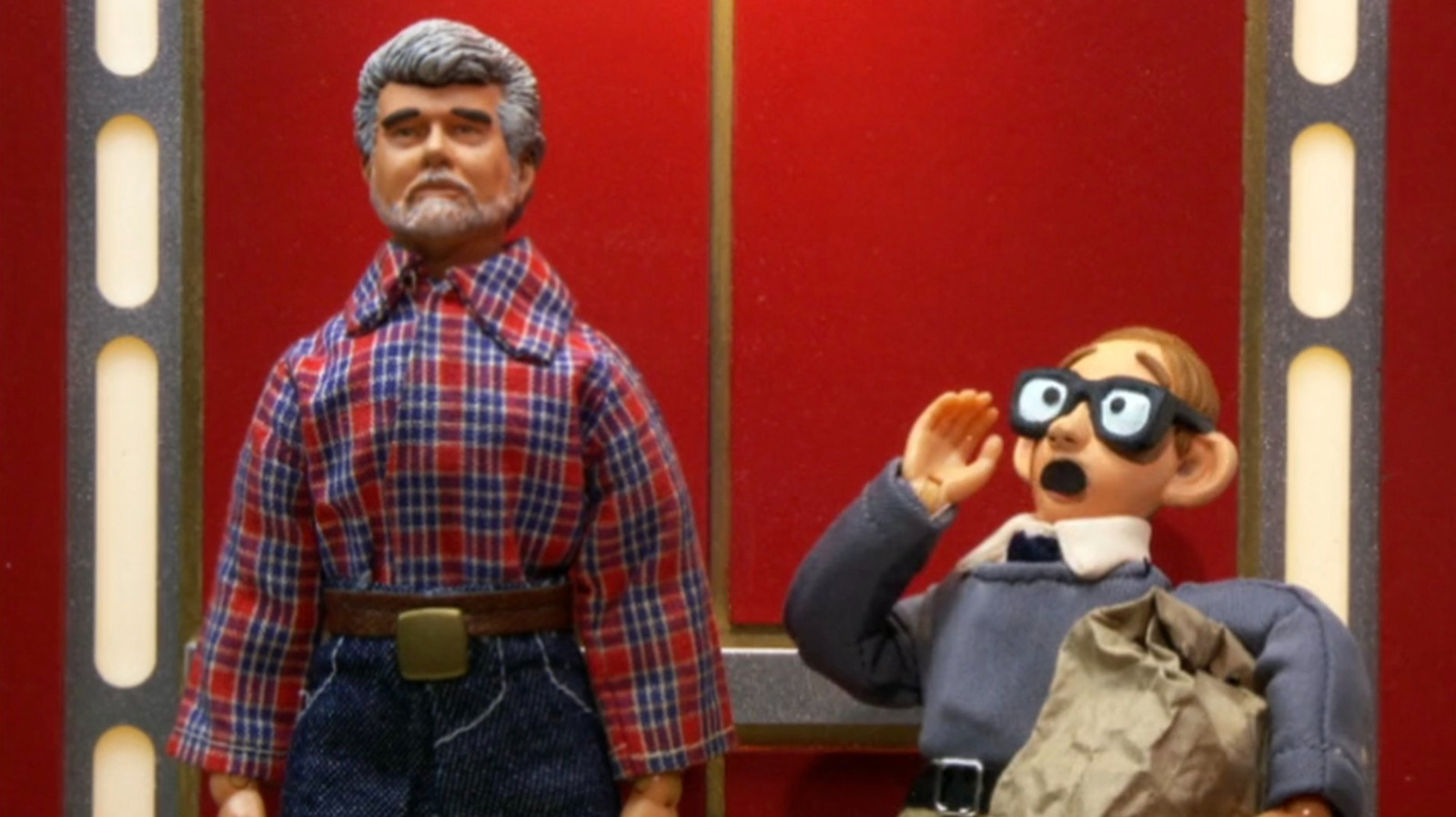





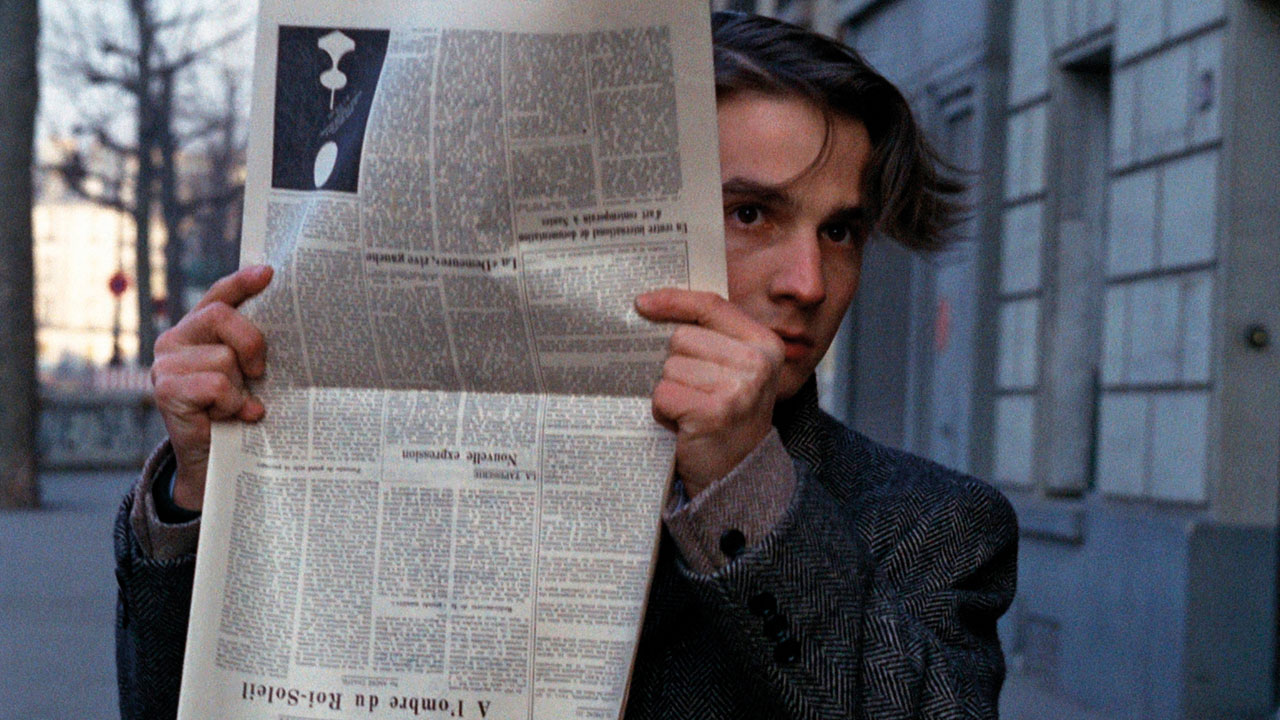














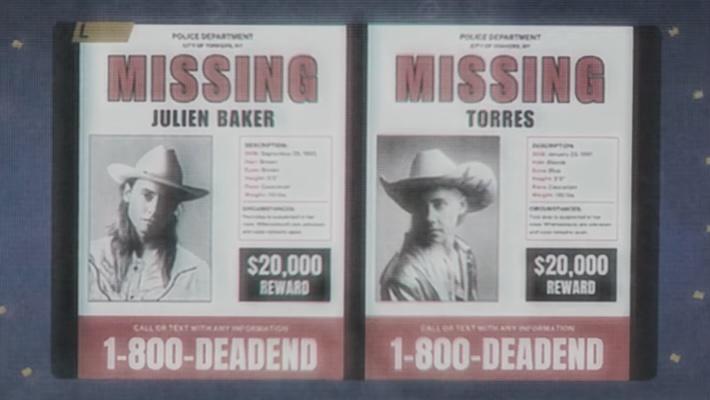









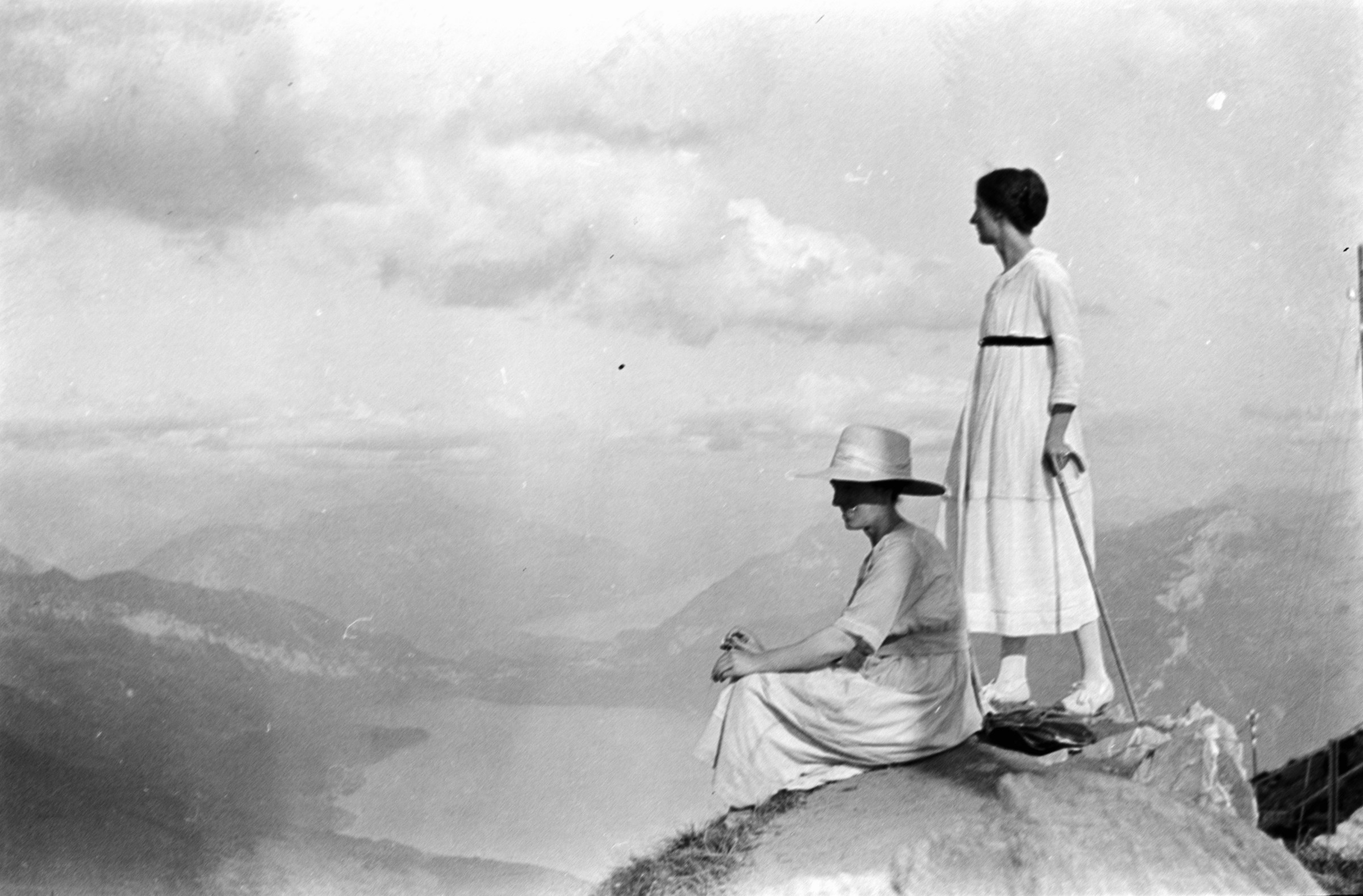





































































































![Courtyard Marriott Wants You To Tip Using a QR Code—Because It Means They Can Pay Workers Less [Roundup]](https://viewfromthewing.com/wp-content/uploads/2025/04/tipping-qr-code.jpg?#)




























































































